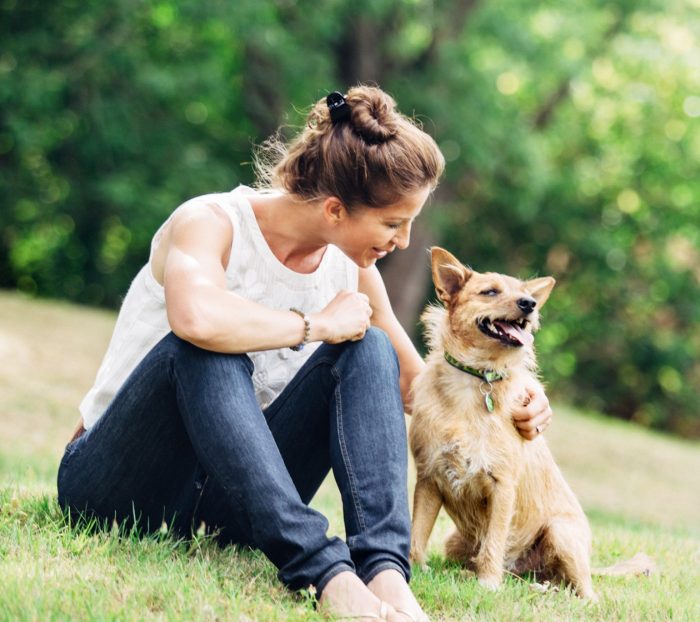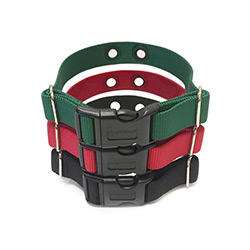Every wag of the tail, tilt of the head, or excited bark tells a story about your dog. From outgoing pups who greet everyone like old friends to shy companions who prefer their cozy corner, your dog’s behavior is like a window into their personality. By learning to interpret your dog’s actions, you can better understand their unique traits, strengthen your bond, and tailor training to their needs. Here’s a closer look at what common dog behaviors might reveal about their personality.
Barking Styles and What They Say
Barking is one of the most familiar forms of dog communication, but did you know that how your dog barks could say a lot about their personality?
- Frequent Barkers
If your dog is constantly barking, it could indicate high energy, alertness, or territorial instincts. These dogs are often confident and protective but might need more guidance to manage their vocal tendencies, especially in over-stimulating environments. - Quiet Dogs
A dog that rarely barks might be shy, laid-back, or simply more independent. While less vocal doesn’t necessarily mean less social, these pups often prefer watching the world go by rather than jumping into the fray. - Playful Barks
Short, happy, “yip-like” barks are usually signs of excitement and friendliness. Dogs who use these sounds during playtime are typically social and confident.
Tip for Owners
Paying attention to the tone and pattern of your dog’s bark can teach you a lot about their mood. Consistent barking at specific triggers—like doorbells or passersby—might mean they need help feeling safer or less reactive in those situations.
Tail Wagging—Read the Signs
It’s easy to think a wagging tail always equals a happy dog, but it’s not that simple. Body language, including those tail wags, can highlight a variety of emotions.
- High and Fast Wagging
A tail wagging high and fast usually means excitement or confidence. Dogs with this type of wag might be ready to play—or trying to assert dominance, depending on the circumstances. - Low, Slow Wags-
A slower, lower wagging tail often signals insecurity or caution. These dogs might need reassurance in new environments or around unfamiliar dogs or people. - The Full-Body Wag-
You know this one—where your dog’s entire rear end shakes in sync with their tail. This wag screams pure joy and connection, a hallmark of the happiest and most social dogs.
Tip for Owners
Tail wagging can be context-dependent, so observe the whole body. Pair tail movement with facial expressions, posture, and ear positioning to better understand your dog’s emotions.
Playfulness—The Personality Playground
Play is crucial for your dog’s development, and how they play can reveal important clues about their personality.
- Rough and Tumble
Dogs who thrive on games of chase or wrestling are often adventurous and full of energy. They enjoy testing boundaries and usually adapt well to group settings, like dog parks or daycare. - Gentle Play
If your dog prefers quiet games like fetch or tug-of-war, it suggests a more relaxed and cooperative personality. These dogs often form deeper, one-on-one connections with their owners. - Independent Play
Do you catch your pup playing with their toys by themselves? Independent play often indicates a dog with a strong sense of self-reliance. They’re low-maintenance but may require intentional bonding time to stay connected.
Tip for Owners
Encourage forms of play that match your dog’s personality. A high-energy dog might love agility training, while calmer dogs might prefer puzzle toys or snuggly downtime after a walk.
Confidence Levels in Behavior
Confidence is key to understanding how your dog interacts with the world. Watch for these telltale signs:
- Confident Dogs
A confident dog walks tall, with ears perked, a wagging tail, and an enthusiastic curiosity about their surroundings. They tend to be adaptable in different situations and are often easier to train. - Cautious Dogs
If your dog approaches new environments or people hesitantly, they might need more time to build confidence. It doesn’t mean they lack potential—it just means reassurance and positive reinforcement will go a long way in helping them feel secure. - Dominance vs. Submission
Dominant dogs often take charge of situations, which can be mistaken for aggression. On the other hand, a submissive dog may avoid eye contact or roll over during interactions as a way of deferring to others. Neither trait is inherently good or bad—it’s about finding a balance through training and trust.
Tip for Owners
Match your dog’s confidence level with their training approach. Confident dogs will respond to structure and challenges, while cautious dogs will thrive with patience, encouragement, and baby steps.
Anxious Behaviors and Personality Traits
Does your dog show signs of anxiety like pacing, whining, or hiding? While occasional nervousness is normal, consistent anxiety might reflect a more sensitive or high-strung personality.
- Separation Anxiety
Dogs who become distressed when left alone often form very deep bonds with their humans and crave companionship. They’re affectionate but may need extra support and conditioning to feel secure. - Fearful Behaviors
Fearful barking, trembling, or cowering can stem from past experiences or an inherently shy personality. With time, these pups can blossom with gentle socialization and positive experiences.
Tip for Owners
Understanding that some dogs are naturally more sensitive can help you offer the comfort they need. Tools like routine, soothing environments, and stress-reducing training aids can make a world of difference.
Why Understanding Your Dog’s Behavior Matters
When you understand your dog’s personality, everything—from training to bonding—gets easier. Tailoring your approach based on their behavioral clues creates a deeper connection and sets the stage for harmony at home. Whether you have a bold adventurer or a gentle-hearted introvert, celebrating your dog’s unique traits is what being a pet parent is all about.
Unlock Your Dog’s Potential
At DogWatch SEM, we believe that learning about what makes your dog tick is one of the greatest joys of pet ownership. Understanding your dog’s personality doesn’t just improve training—it strengthens the unshakable bond you share.
If you’re curious about tools to help your dog feel safer at home, like hidden fences or training accessories, reach out to us anytime. Together, we’ll uncover the leader of your pack and help your pup thrive in every way.








